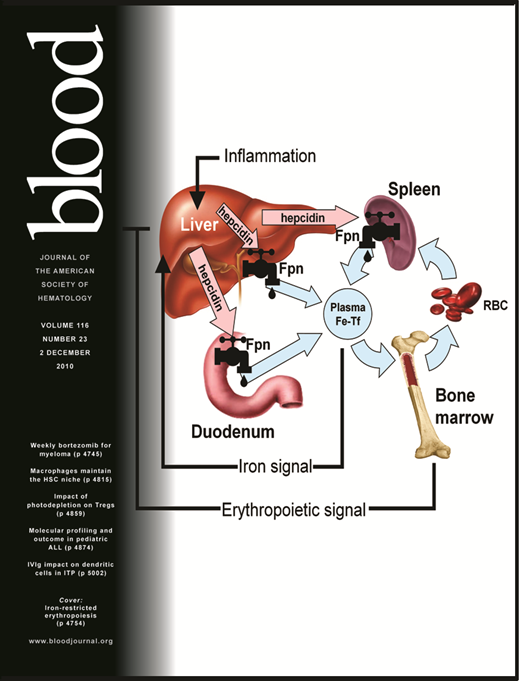To the editor:
We read with interest the recent article by Dowdell and colleagues exploring somatic FAS gene mutations among patients with autoimmune lymphoproliferative syndrome (ALPS),1 a syndrome characterized by defective CD95 (Fas) cell surface–mediated apoptosis. In assigning the diagnosis of ALPS, demonstration of a population of peripherally expanded CD4−/CD8−, double-negative T lymphocytes (DNTs; > 1.5% of normal lymphocytes) that express α/β T-cell receptors (α-β TCRs), is widely considered a key laboratory criteria.2,3 As indicated by the authors, the pathogenic nature of DNT cells remains a matter of debate. Indeed, patients with rare autoimmune diseases, including systemic lupus erythematosus (SLE) and immune thrombocytopenic purpura (ITP), have demonstrated mild elevations, suggesting that DNTs may perhaps be more common among immune disorders.4,5
Aplastic anemia (AA) is characterized by an acquired, progressive loss of hematopoietic function thought to result from an immune-mediated reaction that targets the hematopoietic stem cell.6 We undertook a retrospective study of 22 pediatric patients with idiopathic AA of varying disease severity, consecutively diagnosed at our institution between 2007 and 2010. Study approval was obtained by the Oregon Health & Science University Institutional Review Board. In the 11 patients evaluated most recently we performed a detailed immunophenotypic analysis of lymphocyte subsets as part of the diagnostic workup. Remarkably, our study showed an elevated proportion of double-negative T cells (range, 4.3%-9.1% of CD3+ lymphocytes) in 9 patients (Table 1). Further subfractionation revealed that 10 of our 11 patients (including 2 with DNT just below the upper limit of normal) demonstrated a predominant elevation of γ-δ TCR– rather than the more common α-β TCR–expressing DNTs. Peripherally expanded DNTs are considered pathogenic in the peripheral cytopenias of patients with ALPS. However, our findings suggest that their occurrence may not be limited to this syndrome and their role might be more complex than the destruction of mature cells in circulation. Double-negative T cells observed in our study population may represent a pathophysiologically important T-cell subpopulation involved in the characteristic progressive loss of hematopoietic stem cells from the bone marrow microenvironment in AA. Related, others have previously shown that T lymphocytes are a potent source of inflammatory and regulatory cytokines, including interleukin 10 (IL-10), reported to be elevated in a subgroup of patients with severe AA and more recently in patients with ALPS.3,7 Alternatively, abnormal T-cell biogenesis is merely an epiphenomenon in AA, and perhaps in ALPS, that indicates a common pathway of dysregulation leading to autoimmunity.
In conclusion, our retrospective analysis for the first time demonstrates the existence of a sizable population of double-negative T cells in AA patients, suggesting that DNTs represent a sensitive but not necessarily specific marker of ALPS. Further investigation may demonstrate previously unrecognized overlap in pathogenesis of AA and other immune cytopenias. Clearly, our observation of peripheral expansion of γ-δ TCR–expressing DNT cells in AA warrants the prospective study of a larger cohort and may lead to additional diagnostic and therapeutic approaches.
Authorship
Contribution: T.B.R. conducted study analysis and wrote the manuscript; and P.K. conceived the study, analyzed data, and wrote the manuscript.
Conflict-of-interest disclosure: The authors declare no competing financial interests.
Correspondence: Peter Kurre, MD, 3181 SW Sam Jackson Park Rd, Oregon Health & Science University, L-499, Portland, OR 97239, e-mail: kurrepe@ohsu.edu.

